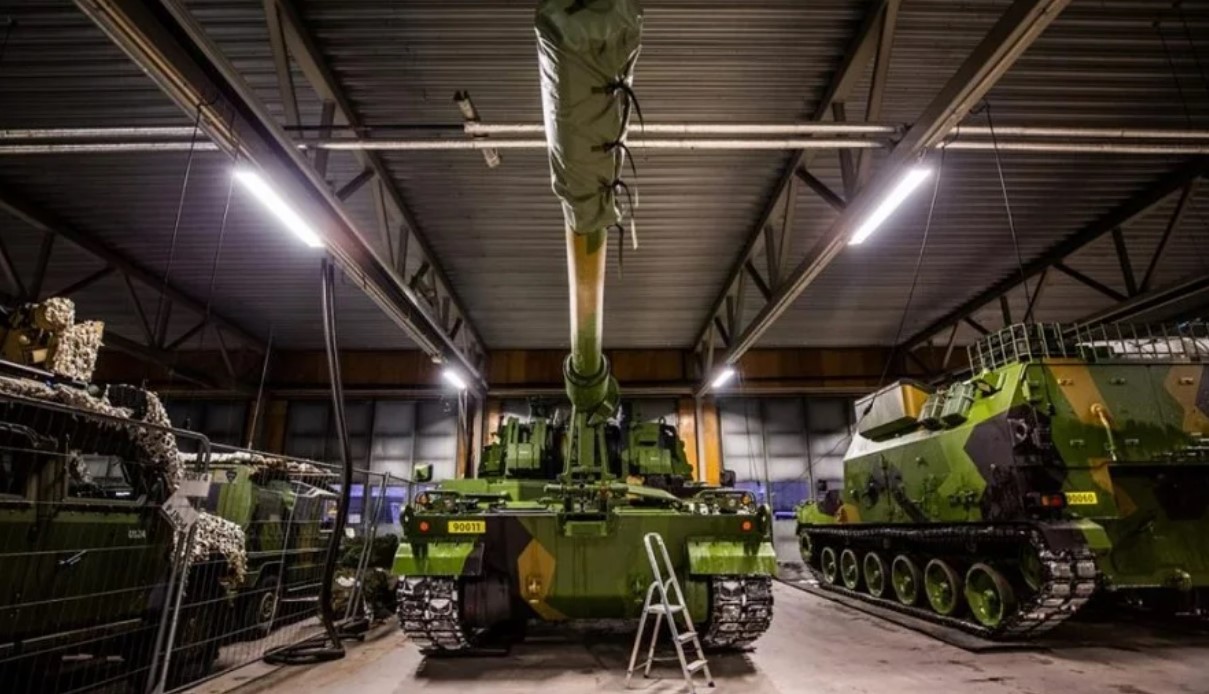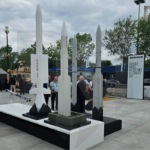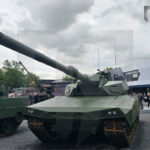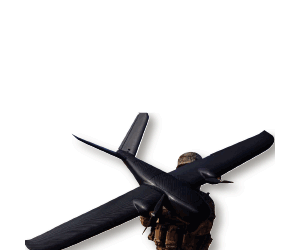With such a large number of interested attendees at MBDA’s pavilion at the Eurosatory 2024 Defence exhibition, the stand reminded of an…

Imports of major weapons by European states increased by 47% between 2013-17 and 2018-22, while the global level of international arms transfers fell by 5.1%.
Arms imports fell overall in Africa (-40%), the Americas (-21%), Asia and Oceania (-7.5%), and the Middle East (-8.8%), but imports in Eastern Asia and in some states in other regions of high geopolitical tension rose sharply.
The United States’ share of global arms exports rose from 33 to 40%, while Russia’s fell from 22 to 16%, according to new data on global arms transfers published by the Stockholm International Peace Research Institute (SIPRI).
Even as arms transfers have declined globally, those to Europe have risen sharply due to tensions between Russia and most other European states, said Pieter D. Wezeman, Senior Researcher at SIPRI’s Arms Transfers Program.
In fact, he went on to say that after Russia’s invasion of Ukraine, European states want to import more weapons at a faster pace. Strategic competition continues elsewhere as arms imports to Eastern Asia have increased and those to the Middle East remain high.
Also read: Germany | Reduced arms exports to Turkey – What applies for Cyprus and Greece
Global arms exports have long been dominated by the US and Russia, which have consistently been the largest and second-largest arms exporters for the past three decades. However, the gap between the two widened significantly, while that between Russia and the third largest supplier, France, narrowed.
US arms exports grew by 14% between 2013-17 and 2018-22, and the US accounted for 40% of global arms exports in 2018-2022. Russia’s arms exports fell by 31% between 2013-17 and 2018-22, and its share of global arms exports fell from 22% to 16%, while France’s share rose from 7.1% to 11%.
Russian arms exports fell to 8 of its top 10 recipients between 2013–17 and 2018–22. Exports to India, the largest recipient of Russian weapons, fell by 37%, while exports to the other 7 fell by an average of 59%. However, Russian arms exports increased to China (+39%) and Egypt (+44%), becoming Russia’s second and third largest recipients.
It is likely that the invasion of Ukraine will further limit Russia’s arms exports, and this is because Russia will prioritize supplying its armed forces and demand from other states will remain low due to trade sanctions on Russia and increasing pressure from the US and its allies not to buy Russian weapons, noted Siemon T. Wezeman, Senior Researcher at the SIPRI Arms Transfers Program.
Also read: France| 30 Airbus H160M Guepard helicopters for the Armed Forces – VIDEO and Photos
French arms exports increased by 44% between 2013–17 and 2018–22. Most of these exports were to countries in Asia and Oceania and the Middle East. India received 30% of France’s arms exports in 2018–22 and France displaced the US as India’s second largest arms supplier after Russia.
France is gaining a larger share of the global arms market as Russian arms exports decline, as seen in India, for example, Wezeman said, adding that this looks likely to continue as by the end of 2022, France had far more pending orders for arms exports from Russia.
Ukraine became the world’s third-largest arms importer in 2022. From 1991 to the end of 2021, Ukraine imported a few major weapons. As a result of military aid from the US and many European states following the Russian invasion of Ukraine in February 2022, Ukraine became the 3rd largest importer of major weapons in 2022 (after Qatar and India) and the 14th largest for 2018- 22. Ukraine accounts for 2.0 percent of global arms imports over the five-year period.
Also read: Australia | Purchases HIMARS launchers and NSM missiles exceeding 650 million
Asia and Oceania received 41% of major arms transfers in 2018–22, a slightly smaller share than in 2013–17. Despite the overall decline in shipments to the region, there were notable increases in some states and significant decreases in others. Six states in the region were among the 10 largest importers globally in 2018–2022: India, Australia, China, South Korea, Pakistan, and Japan.
Arms imports from Eastern Asian states increased by 21% between 2013-17 and 2018-22. China’s arms imports rose 4.1 percent, with most coming from Russia. However, the biggest increases in Eastern Asia came from US allies, South Korea (+61%), and Japan (+171%). Australia, the largest arms importer in Oceania, increased its imports by 23%.
Growing threat perceptions from China and North Korea have led to the growing demand for arms imports from Japan, South Korea, and Australia, particularly including long-range strike weapons, said Siemon T. Wezeman, while the main supplier for all three is the USA.
India remains the world’s leading arms importer, but its arms imports fell by 11% between 2013–17 and 2018–22. This decline was linked to a complex procurement process, efforts to diversify arms suppliers, and efforts to replace imports with local designs. Imports from Pakistan, the world’s eighth largest arms importer in 2018–22, rose by 14%, with China as its main supplier.
Also read: Poland | Defence deal with South Korea to buy hundreds of weapon systems
Three of the top 10 importers in 2018-2022 were in the Middle East: Saudi Arabia, Qatar, and Egypt. Saudi Arabia was the world’s second-largest arms importer in 2018-2022 and received 9.6% of all arms imports in the period. Qatar’s arms imports increased by 311% between 2013–17 and 2018–22, making it the world’s third-largest arms importer in 2018–2022.
The vast majority of arms imports to the Middle East came from the US (54%), followed by France (12%), Russia (8.6%), and Italy (8.4%). They included more than 260 advanced combat aircraft, 516 new battle tanks, and 13 frigates.
The Arab states in the Gulf region alone have placed orders for more than 180 fighter jets, while 24 have been ordered by Russia from Iran, which received virtually no major weapons in the 2018-2022 period.
Also read: Iran | New Sayyad 4B long-range missile trialed – Photos
READ MORE
KNDS | Showcases full range of LEOPARD battle tanks at EUROSATORY
KNDS continues to expand its technological advantage in the field of main battle tank development, as we have witnessed at the Defence and…
THEON SENSORS | Distinguishing appearance at EUROSATORY 2024 with new range of products
THEON SENSORS attended the International Defence and Security Exhibition EUROSATORY 2024 as an ambassador of Greek innovation…
EUROSATORY 2024 | Missile Artillery Solutions from MBDA
With such a large number of interested attendees at MBDA’s pavilion at the Eurosatory 2024 Defence exhibition, the stand reminded of an…
KNDS | Showcases full range of LEOPARD battle tanks at EUROSATORY
KNDS continues to expand its technological advantage in the field of main battle tank development, as we have witnessed at the Defence and…
THEON SENSORS | Distinguishing appearance at EUROSATORY 2024 with new range of products
THEON SENSORS attended the International Defence and Security Exhibition EUROSATORY 2024 as an ambassador of Greek innovation…
Ministry of Defence | Organization of Hellenic EDF Info Day
A Conference entitled “EDF Info Day” is organized in the Amphitheater of the National Gallery on Tuesday, July 9 from 09:00 to 17:00.
ALTUS LSA | Participates in EUROSATORY 2024 with KERVEROS in the foreground
The participation of ALTUS LSA in EUROSATORY 2024 is among the Greek participations of operational significance.
Freddy Beleris | Ιn jail until October
The elected mayor of Heimarra and Member of the European Parliament of New Democracy will remain in prison until October…


















